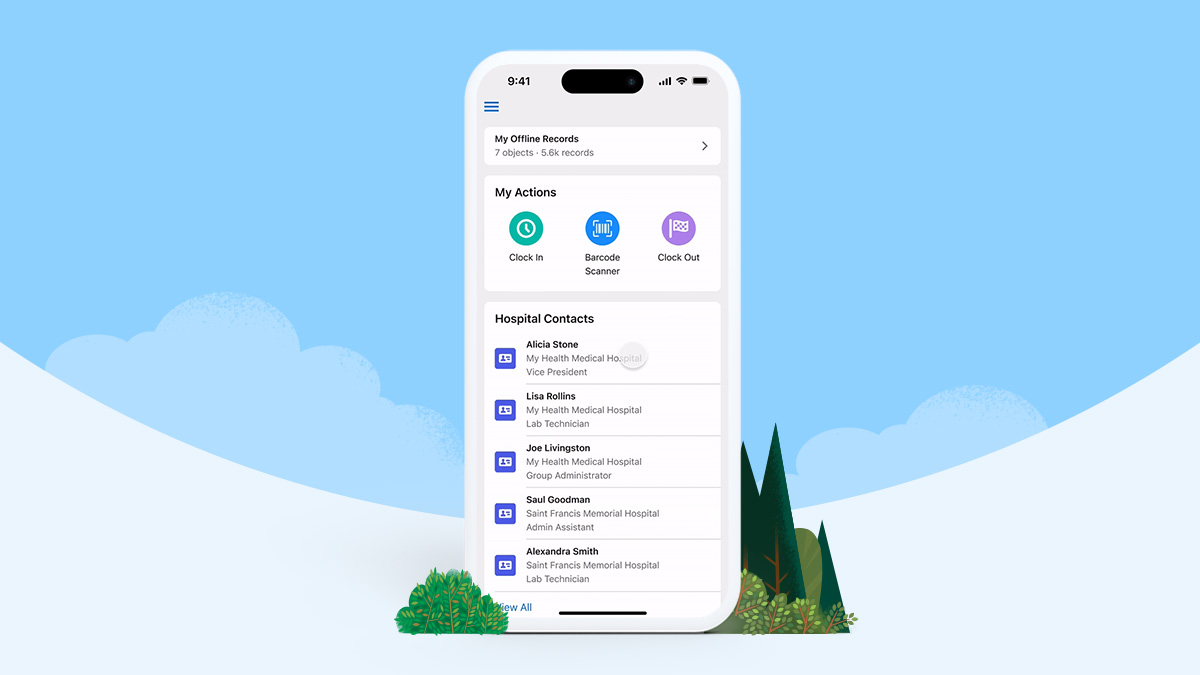Introduction
New York is a thriving hub for technology and innovation, making it an ideal location for mobile app development. However, building an app in the city comes at a premium due to the high cost of living, top-tier talent, and competitive market. If you’re considering developing a mobile app in New York, understanding the cost breakdown is crucial to budgeting effectively. In this article, we’ll explore the factors influencing app development costs and provide an estimate of what you can expect to pay.
Key Factors Influencing App Development Costs
1. App Complexity
The complexity of your app plays a significant role in determining the cost. Here’s a breakdown based on different levels of complexity:
- Simple Apps (e.g., calculator, to-do list, basic news app): $20,000 – $50,000
- Medium Complexity Apps (e.g., social media, e-commerce, fitness tracker): $50,000 – $150,000
- Complex Apps (e.g., AI-driven platforms, on-demand services, fintech applications): $150,000 – $500,000+
2. Platform Choice
Deciding whether to develop for iOS, Android, or both affects the budget.
- iOS or Android (Single Platform): $30,000 – $100,000
- Cross-Platform (React Native, Flutter): $50,000 – $200,000
- Native Development for Both Platforms: $80,000 – $300,000
3. UI/UX Design
A well-designed app improves user experience and engagement. Costs vary depending on the level of design customization:
- Basic UI/UX: $5,000 – $20,000
- Advanced UI/UX with Custom Animations: $20,000 – $50,000
4. Backend Development & API Integration
If your app requires server-side development, the cost increases significantly:
- Basic Backend: $10,000 – $30,000
- Complex Backend (e.g., real-time data sync, AI processing): $30,000 – $100,000
5. Third-Party Integrations
Many apps require integration with payment gateways, social media, and cloud services. Each integration may cost between $5,000 – $20,000.
6. Developer Rates in New York
New York developers charge premium rates compared to other locations:
- Freelancers: $75 – $150 per hour
- Mid-Level Development Agency: $100 – $200 per hour
- Top-Tier Development Firm: $200 – $500 per hour
7. Maintenance & Updates
Post-launch maintenance includes bug fixes, updates, and new features:
- Basic Maintenance: $5,000 – $15,000 per year
- Advanced Support & Upgrades: $15,000 – $50,000 per year
Total Estimated Cost Breakdown
| App Type | Estimated Cost Range |
|---|---|
| Simple App | $20,000 – $50,000 |
| Medium App | $50,000 – $150,000 |
| Complex App | $150,000 – $500,000+ |
Conclusion
Developing a mobile app in New York is an investment that depends on multiple factors such as complexity, platform, and design. If you are looking for top-tier development, working with an experienced app development firm like Winklix can help you build a robust and scalable app tailored to your business needs.
Looking for an app development partner? Get in touch with Winklix today for a free consultation!




